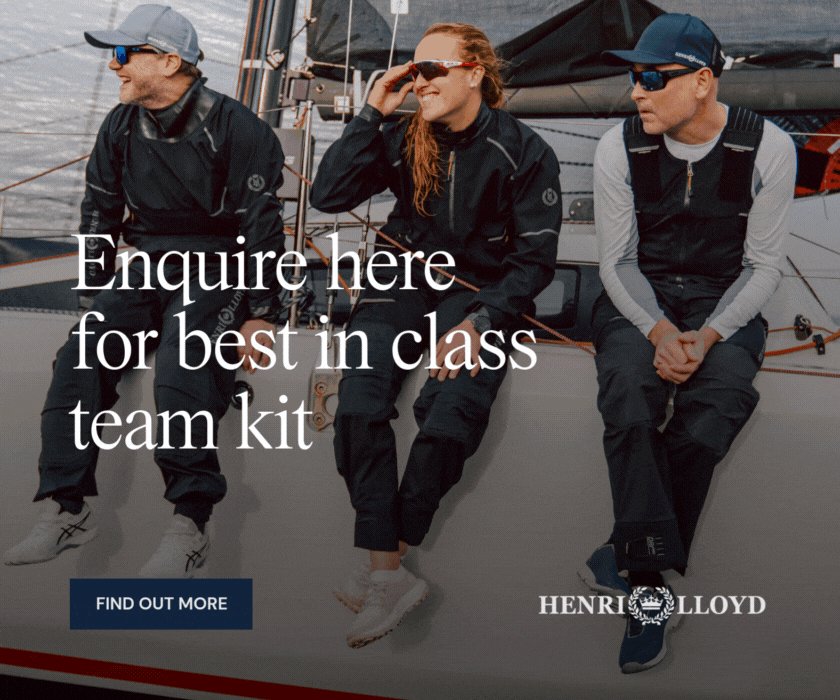

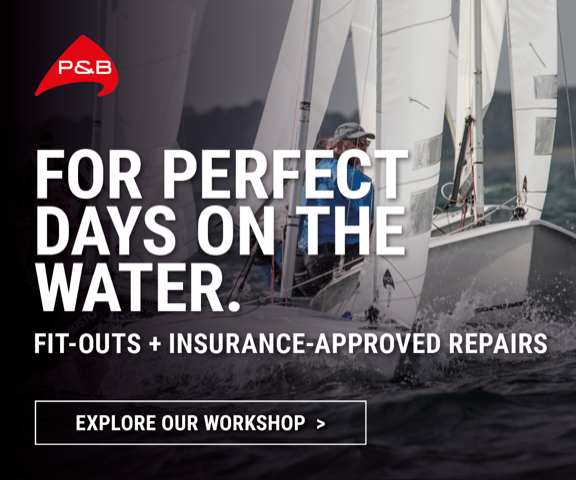
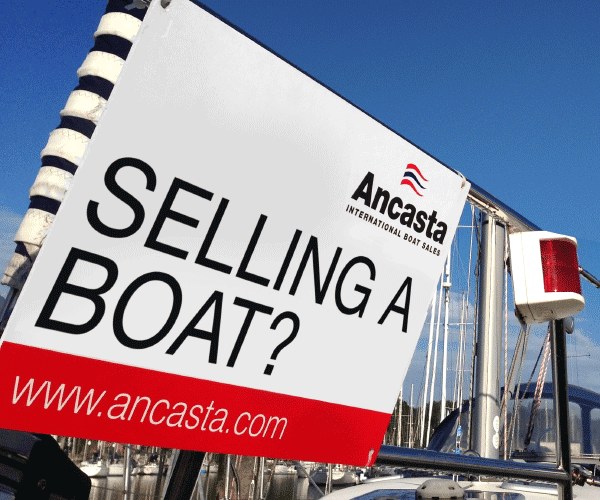
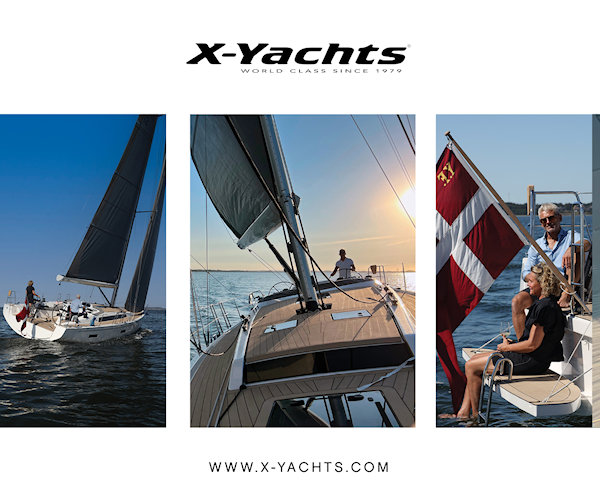
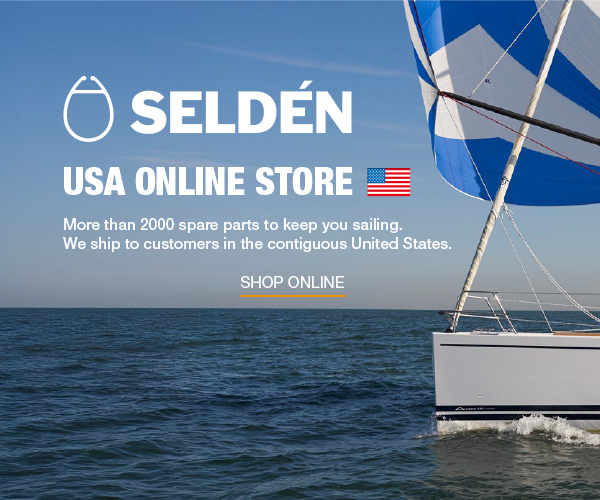
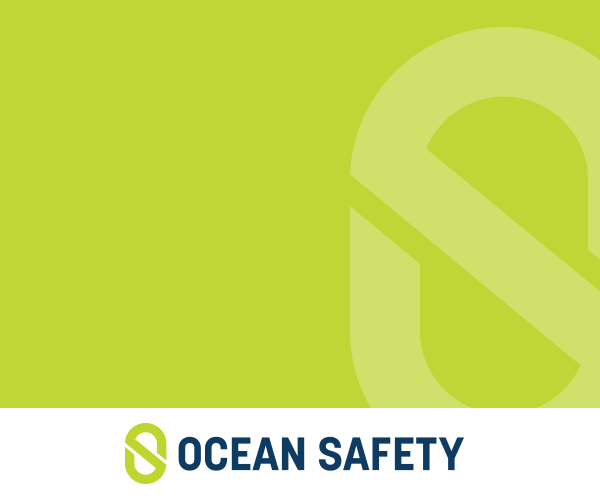


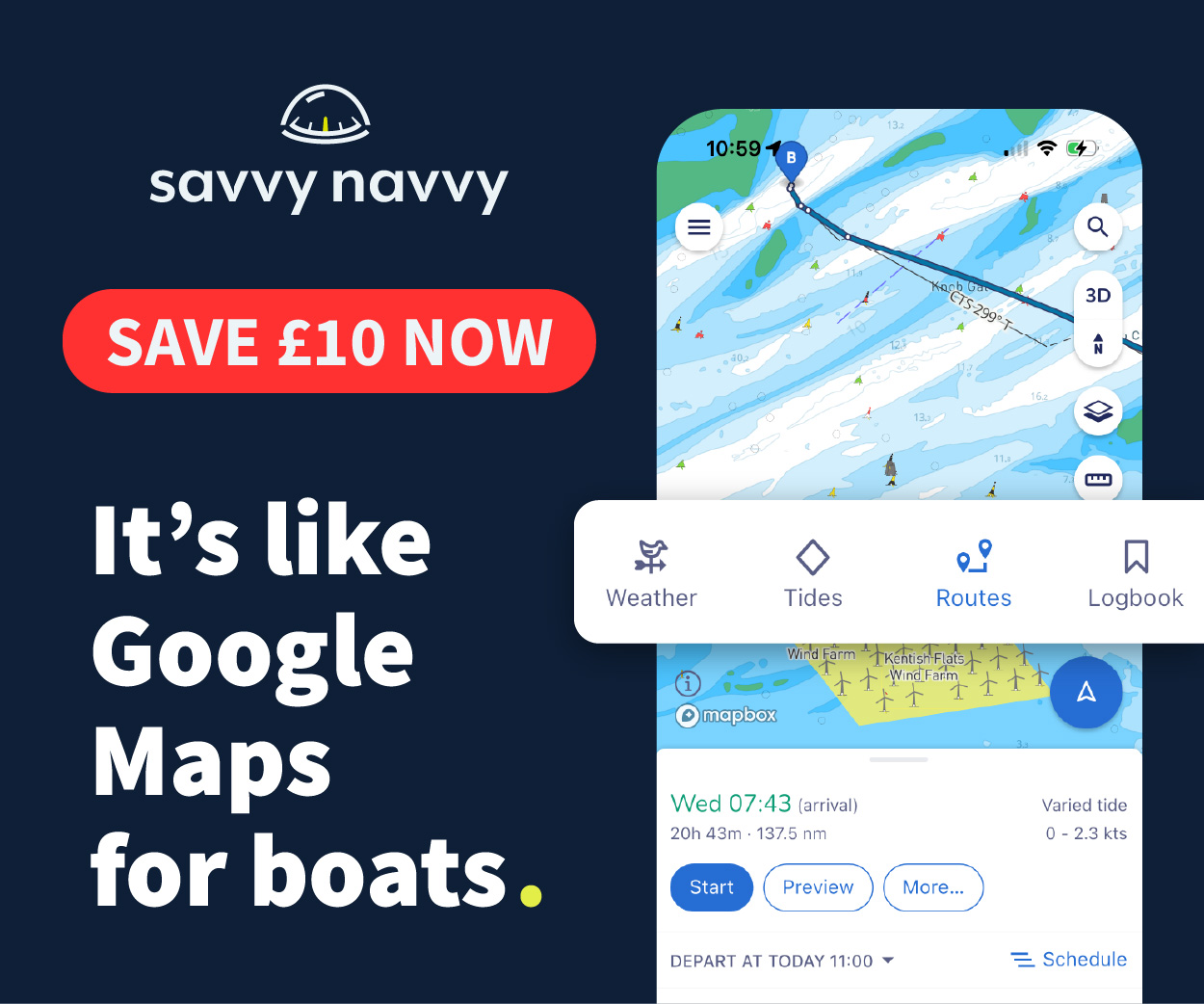


Boats for sale
| Laser 28 - Excellent example of this great design Hamble le rice |
 |
| Laser 140101 Tynemouth |
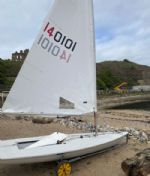 |
| Rossiter Pintail Mortagne sur Gironde, near Bordeaux |
 |
List classes of boat for sale |
Handicap - A Final Solution? |
Post Reply 
|
Page <12345> |
| Author | |||
jeffers 
Really should get out more 

Joined: 29 Mar 04 Location: United Kingdom Online Status: Offline Posts: 3048 |
 Post Options Post Options
 Quote Quote  Reply Reply
 Topic: Handicap - A Final Solution? Topic: Handicap - A Final Solution?Posted: 06 Sep 13 at 1:41pm |
||
I agree. Stick a new sail on a 1973 boat and it 'should' be as fast (or as slow) as a 2013 boat. The wide range of hull ages winning at club level would support the fact that a well looked after older Laser is as quick at club level (maybe even open meeting level) as a newer hull.
|
|||
|
Paul
---------------------- D-Zero GBR 74 |
|||
 |
|||
Daniel Holman 
Really should get out more 
Joined: 17 Nov 08 Online Status: Offline Posts: 997 |
 Post Options Post Options
 Quote Quote  Reply Reply
 Posted: 06 Sep 13 at 1:46pm Posted: 06 Sep 13 at 1:46pm |
||
|
Wrote this in the other thread oops!
Physical testing of dinghies "in the field" would be impossible to do in a scientific and meaningful manner whereby you could quantify every aspect of the aero and hydro characteristics accurately enough. Big boat IMS (and I believe subsequently IRC) handicapping sought to handicap the boats based on their VPPs - i.e velocity prediction programmes - maths models of the aerodynamic and hydrodynamic components of the yacht which can resolve the equilibriums for any speed / heading / sail set to effectively produce polar charts from which theoretical times around theoretical (perfect triangle or ww/lw or point to point) courses. Most polars that you get on leadmines to steer and trim to are derived from the VPPs that have been created rather than physical testing (far, far more expensive given that you'd have to do extensive wind tunnel and towtank / CFD analyses to populate all the physical models). There is no reason why you couldn't run every dinghy class through a vpp, apart from effort and expense. Trouble is then, what windspeed would you decide to take the relative handicaps at? Thats a can of worms to start with. Also, the VPP number will have to be given for whatever course config (i.e. ww/lw; specific point to point etc) that has been fed into the computer. I don't need to overstate the disparity in performance between most classes depending on time spent on which leg of the course or wind strength. Then the aspect that could never be simulated in a computational environment, except by means of a massive subjective fudge, is that an empirical scheme like the PY is the only way to capture the differences between how a boat should perform on paper compared to how it performs in practice - how easy it is for the performance to be realised by the crew etc. An RS 100 may be a rocket at VMG running in moderate breezes, easily captured in a maths model for steady state, but how do you quanitify and account for the ballache of raising and hoisting the kite singlehanded on a 70 yard run on a pond? Believe me, as one who has thought about this more than most, PY especially of late with all the effort going into it, is by far the least imperfect way of divining some comparisons between disparate craft in disparate circumstances competing in the sport with the largest set of variables. |
|||
 |
|||
yellowwelly 
Really should get out more 
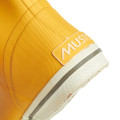
Joined: 24 May 13 Online Status: Offline Posts: 2003 |
 Post Options Post Options
 Quote Quote  Reply Reply
 Posted: 06 Sep 13 at 1:57pm Posted: 06 Sep 13 at 1:57pm |
||
I dunno- give it a few years and the horrid little clubs which insist on spreadsheet sailing might lose financial viability- or the sweat equity from their members to keep the place going on their shoestring budgets... When that happens the real sailors unlocked from their cosy echelons can be welcomed with open arms at the bigger, commercial viable clubs- who will of course recommend a suitable class boat for his lordship and her ladyship to sail into their dotage... ;-) |
|||
 |
|||
RS400atC 
Really should get out more 
Joined: 04 Dec 08 Online Status: Offline Posts: 3011 |
 Post Options Post Options
 Quote Quote  Reply Reply
 Posted: 06 Sep 13 at 1:58pm Posted: 06 Sep 13 at 1:58pm |
||
|
You can put any technology you like into generating the numbers, but the PY system fundamentally is based on the idea that the time taken by boat A should be linearly proportional to the time take by boat B.
That used to work reasonable well when comparing say Solos with Enterprises, or Graduates and GP14's. It works OK for RS400's vs Laser 4000 up to F4. It does not work very well when you have disparate boats like Wayfarers and RS400's. A well sailed Wayf will nearly stick with us upwind and down in very light winds, but in a breeze we completely blow them away. The PY tries to average that. Each boat has a different speed vs windspeed curve. If people stuck to sensible PY groupings, like asy, una rig, and similar size two man boats, there would be a lot less need for adjustments. Thank god the cats have mostly gone off and done their own thing. When boats are within 10% or so of each other's PY, they see roughly the same tide. As you increase the spread, it can quickly get ridiculous. I did a race the other year, Where I did 3 laps before better sailors sailing slower boats did 1 lap. I was going 10% faster than the tide, they were sailing on the spot quite a bit. Luckily we were out there for fun. Of course it is great fun to mix in Mirrors, fast boats and keelboats a few times a year, but you have to be relaxed about the results. Technology is no substitute for common sense and having a clear idea about what you are trying to calculate. |
|||
 |
|||
transient 
Really should get out more 
Joined: 21 Aug 12 Online Status: Offline Posts: 715 |
 Post Options Post Options
 Quote Quote  Reply Reply
 Posted: 06 Sep 13 at 2:02pm Posted: 06 Sep 13 at 2:02pm |
||
There may be a better way of doing it but I think there probably isn't at the moment so I'll support Mark and Co.'s efforts. That aside: What I was trying to say earlier is that it's not just technical hurdles that need to be overcome.......The biggest obstacle will be attitudes. Sailing has been rife with "legitimate loopholes" for decades perhaps centuries.
|
|||
 |
|||
gbr940 
Posting king 

Joined: 04 Jan 06 Location: United Kingdom Online Status: Offline Posts: 198 |
 Post Options Post Options
 Quote Quote  Reply Reply
 Posted: 06 Sep 13 at 2:04pm Posted: 06 Sep 13 at 2:04pm |
||
Nicely written piece Mr Holman - have you started building the Oppy yet?
|
|||
|
RS400 GBR1321
|
|||
 |
|||
Rupert 
Really should get out more 
Joined: 11 Aug 04 Location: Whitefriars sc Online Status: Offline Posts: 8956 |
 Post Options Post Options
 Quote Quote  Reply Reply
 Posted: 06 Sep 13 at 2:07pm Posted: 06 Sep 13 at 2:07pm |
||
|
Quite right - Oppie V's 49er, anyone?
Trouble is, when a club only has 12/15 boats out in a race on an average weekend, subdividing the fleet further will make the racing pretty meaningless in other ways than yardstick. As for Yellowelly and his big, commercial club ideal where you sail in a fleet of their choosing - no thank you. Luckily, small clubs don't appear to have met the doom that has been predicted for them for the last 50 years, even if some have fallen by the wayside, so I'll carry on sailing what I want to, where I want to, thanks. |
|||
|
Firefly 2324, Puffin 229, Minisail 3446 Mirror 70686
|
|||
 |
|||
GybeFunny 
Far too distracted from work 
Joined: 27 Oct 09 Online Status: Offline Posts: 403 |
 Post Options Post Options
 Quote Quote  Reply Reply
 Posted: 06 Sep 13 at 2:12pm Posted: 06 Sep 13 at 2:12pm |
||
|
I wouldnt be so quick to suggest that class racing will never come back, just think of all the teenagers currently sailing Oppies, Toppers, Fevas, Teras, etc. They are all enjoying class racing and as they get older I expect they will gravitate towards class sailing. Some will be lost from the sport but if they come back in later years I expect they will remember it was the class racing that they enjoyed and will pick a local class, that is certainly what I have observed locally.
|
|||
 |
|||
yellowwelly 
Really should get out more 

Joined: 24 May 13 Online Status: Offline Posts: 2003 |
 Post Options Post Options
 Quote Quote  Reply Reply
 Posted: 06 Sep 13 at 2:15pm Posted: 06 Sep 13 at 2:15pm |
||
|
Damn rupert - a fine piece of trolling for a Friday afternoon, and you get in there before Duncan can unleash his wrath....
(I do agree with you btw... handicap racing ain't half so bad on small courses, in restricted waters using sensible boats of similar performance) |
|||
 |
|||
iGRF 
Really should get out more 
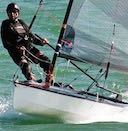
Joined: 07 Mar 11 Location: Hythe Online Status: Offline Posts: 6499 |
 Post Options Post Options
 Quote Quote  Reply Reply
 Posted: 06 Sep 13 at 2:43pm Posted: 06 Sep 13 at 2:43pm |
||
Force 2-3 about where it is at the moment.
3 legs should do it. 1000secs upwind, 1000secs dead down and 1000 at whatever the polar suggests is optimum for the given craft.
Whatever.. there should have been a base line set before this latest attempt to 'put things right' I'm not saying give up the returns system, I'm saying that factual base lines need to be created about which alterations by classes that do alter can orbit. Certain known speed and performance types need setting in stone, then the returns system could function a lot better than it does at present. |
|||
 |
|||
Post Reply 
|
Page <12345> |
| Forum Jump | Forum Permissions  You cannot post new topics in this forum You cannot reply to topics in this forum You cannot delete your posts in this forum You cannot edit your posts in this forum You cannot create polls in this forum You cannot vote in polls in this forum |
Bulletin Board Software by Web Wiz Forums® version 9.665y
Copyright ©2001-2010 Web Wiz
Change your personal settings, or read our privacy policy
Copyright ©2001-2010 Web Wiz
Change your personal settings, or read our privacy policy











 Printable Version
Printable Version Delicious
Delicious Digg
Digg Facebook
Facebook Furl
Furl Google
Google MySpace
MySpace Newsvine
Newsvine reddit
reddit StumbleUpon
StumbleUpon Twitter
Twitter Windows Live
Windows Live Yahoo Bookmarks
Yahoo Bookmarks Topic Options
Topic Options
